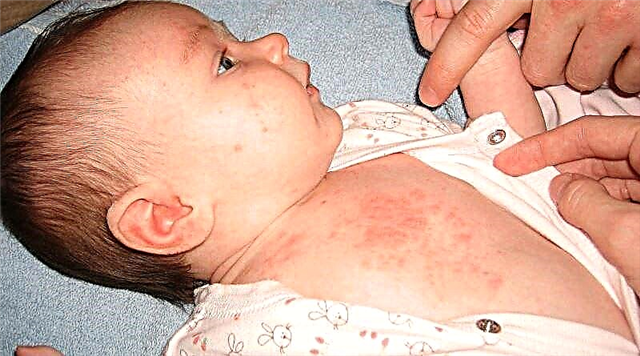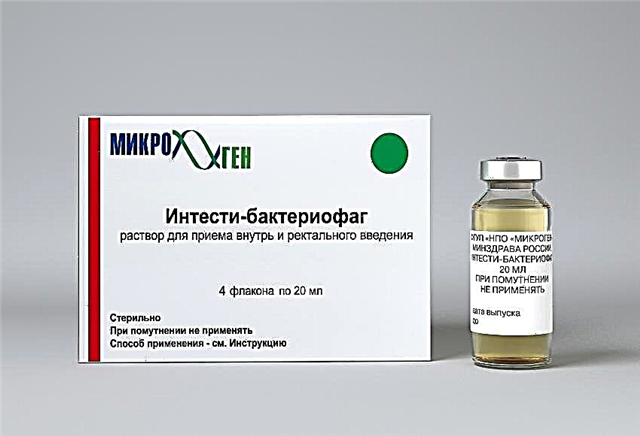After the baby is born, blood tests are taken to assess his health on the very first day of life. And this procedure will be repeated systematically, according to the schedule of 1-3-6-9 months and unplanned cases. Blood tends to change its composition in various diseases, it is very informative, so you should not be afraid or neglect the doctor's instructions on taking tests. Blood sampling is done for different purposes in different parts of the body. In this article, we will talk about how a baby's blood is taken from a vein.
Why take blood from a vein from babies
Consider the most common problems, the analysis of which is carried out using blood taken from a child's vein.
1. Allergy
If the baby's skin is prone to rashes, the cheeks are constantly rough, red in color, if there is a tendency to asthma or atopic dermatitis, the allergist will most likely refer you to a blood test to identify allergens. Usually, blood is checked for hypersensitivity of a large number of allergens at once (up to 100 varieties), the list depends on the individual case. It is also necessary that the laboratory be able to carry out such a procedure, because in some honey. laboratories test the sensitivity of only a few allergens. Carefully consider the choice of the clinic for the analysis.
2. Biochemical blood test
If the baby was prescribed this analysis, then there are good reasons for this. A biochemical blood test is done when there are suspicions of disturbances in the activity of the body. For example, the analysis will help identify existing hepatitis, complicated liver function, diabetes mellitus, or dangerous infections.
3. Serological blood test
The analysis helps to identify diseases such as herpes, mumps, measles, rubella, toxoplasmosis. According to the outcome of the tests, therapy and treatment will be prescribed, or the removal of a previously established diagnosis.
4. Blood sugar test
If the doctor suspects that the child has signs of diabetes, or a malfunction of the pancreas, endocrine system, or even signs of epilepsy, then the baby will be assigned a blood test from a vein to determine the level of glucose in the blood.
5. Determination of blood group
This analysis is carried out for children only in emergency cases when surgery and blood transfusion are required.
How blood is drawn from a vein in a baby
 First of all, a blood test from a vein is performed on an empty stomach. Therefore, it is worth signing up for it early in the morning, so that after the child can eat. It is very difficult to follow this rule with newborns and infants. But if you need an accurate result, for example, when measuring glucose levels, then you should seriously discuss this point with your pediatrician and find the best solution.
First of all, a blood test from a vein is performed on an empty stomach. Therefore, it is worth signing up for it early in the morning, so that after the child can eat. It is very difficult to follow this rule with newborns and infants. But if you need an accurate result, for example, when measuring glucose levels, then you should seriously discuss this point with your pediatrician and find the best solution.
How is blood taken from a vein from a baby, namely, from where (from which veins):
- Elbow bend
The most common place to draw blood from a vein in babies. The procedure is carried out in the same way as for adults: the hand is pulled with a tourniquet, the injection site is lubricated with alcohol, a vein is punctured, then blood is collected into a test tube, the tourniquet is removed, the needle is removed and a cotton swab with alcohol is applied.
This place of blood sampling is not suitable for newborns and infants under 3-4 months of age, since the child is too small and it is not possible to grope for veins.
- Veins of the forearm.
- The back of the hand.
- Veins on the head / forehead, calves.
These sampling sites are used when it is not possible to accurately find a vein for collecting blood in all other parts of the infant's body.
Tips before taking a blood test from a vein
So that the process is not so exciting, it is advisable to take the analysis in a trusted clinic with a qualified experienced nurse.
If you are asked to go out at the time of blood sampling, be understanding. Excessive nervousness is useless, and nothing terrible will happen in a couple of minutes of your absence. If the nursing staff practices blood collection without the presence of parents, then this is a proven and productive method, rest assured that everything will go well.
Bring your favorite rattle to distract / entertain your child. Or let it be new in order to interest the baby and help him quickly forget the unpleasant process.
After the procedure, give the child good positive emotions - hug and kiss, do what he loves with him - put together a pyramid, read a book, watch your favorite cartoon so that there is no negative left.
Taking blood from a vein is an alarming process for both mother and baby. Painful sensations will cause slight discomfort to the baby, but within a few minutes they will disappear without a trace. Do not create panic, be sure of the need for what is happening, then your child, looking at you, will behave more calmly. Be healthy!
- The child is afraid to donate blood. What to do
- The child is afraid to donate blood from a finger: 7 tips to set him up for the procedure
- How to collect a urine test from a baby (boy and girl)?



